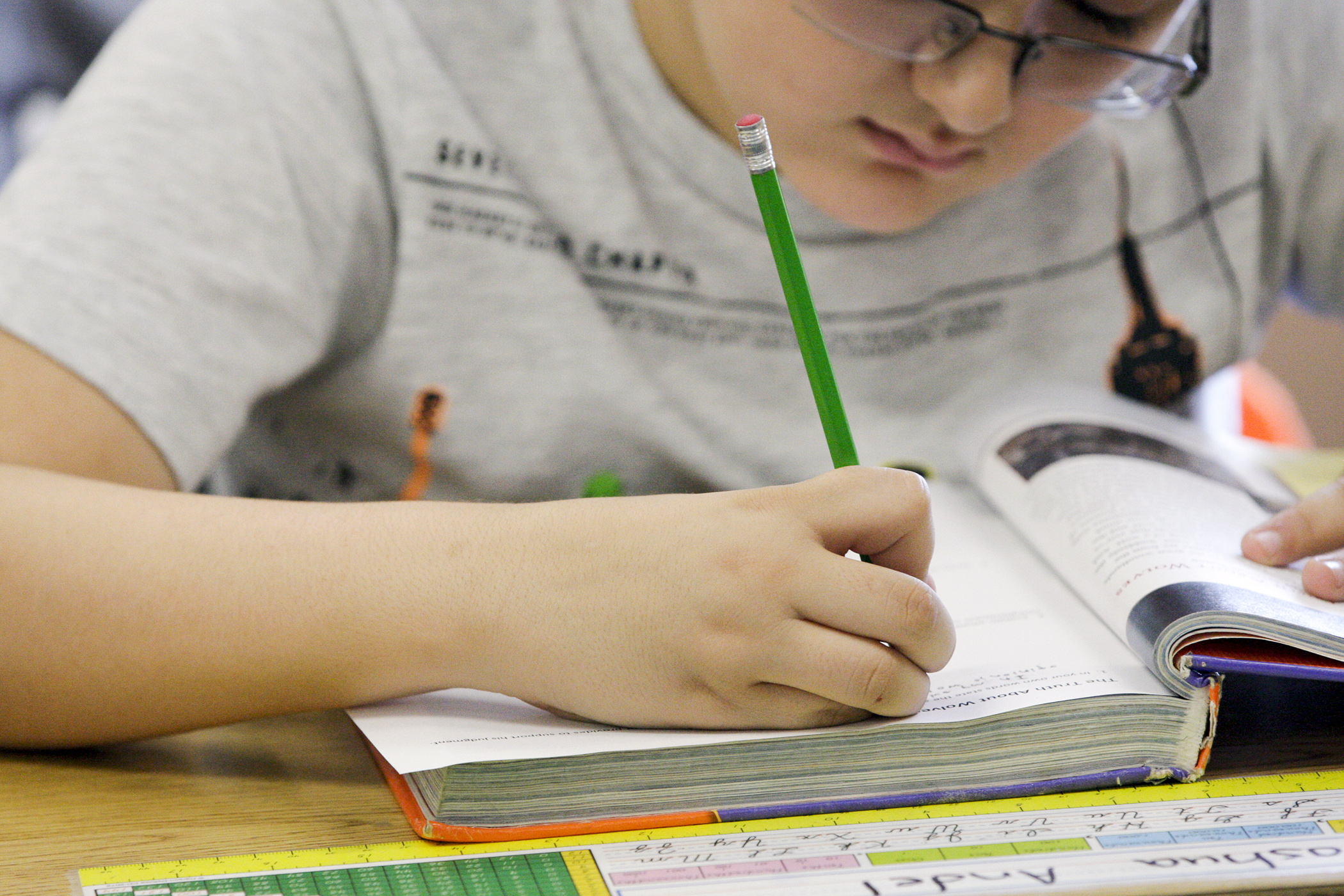School professionals call for changes to accommodate student learning and health
What school will look like in the fall has yet to be determined, but changes will be needed whether schools reopen like normal, continue distance learning, or introduce some sort of a hybrid, school professionals told legislators during an informational hearing Thursday.
“Even with distance learning, business cannot go on as normal,” said Maria Le, a first-grade teacher at Central Park Elementary in Roseville. “Students are constantly needing to bend … we must create a system where we bend to them.”
The hearing was the second of three scheduled to be held by the House Education Policy Committee and the House Education Finance Division. It focused on the testimony of teachers, counselors, social workers, and other school professionals.
A hearing on Wednesday centered on students, parents, and representatives of student support organizations. A third hearing, scheduled for next Tuesday, is to include testimony from Department of Education representatives, principals and school board members.
 House Photography file photo
House Photography file photoStudents’ academic success is not the only issue that needs to be considered when it comes to online distance learning, ordered by Gov. Tim Walz to minimize the spread of the COVID-19 pandemic. Their mental and physical health also need to be considered, testifiers said.
Not only has the pandemic contributed to increased stress and anxiety, but also economic insecurity, which could have long-term impacts, said Jillian Smith, a counselor at Moose Lake Community School.
“This is the biggest thing that has happened to some of these students in their lives,” she said.
Other events, including the death of George Floyd and the civil unrest that followed, have compounded the strain felt by students and their families and, in some cases, made access to much-needed resources even more difficult, said Christy McCoy, legislative chair of the Minnesota School Social Workers Association.
She works at AGAPE High School in St. Paul, which serves pregnant and parenting students. When civil unrest made it difficult for many students to access necessities including food, diapers, wipes, and formula, McCoy needed to work with other staff to pull together donations and get them into students’ hands. Some of the items are currently being stored at an English teacher’s house because they couldn’t use the school building, she said.
Refugee, immigrant, homeless, highly mobile, and non-English-speaking families all have additional challenges and difficulties that need to be accommodated. As do students with special needs. Not doing so would exacerbate existing disparities and create long-term problems for students, their families, and communities, testifiers said.
Cassandra Sheppard, a social studies teacher at Spring Lake Park High School, said she was fortunate – all of her students had access to iPads and familiarity with the online systems used for distance learning. But inconsistent internet access posed a problem.
In addition, traditional school hours didn’t work for a majority of her students. Many were needed to babysit siblings and help with their schoolwork during the day, and others had to work. This meant most of her students were active from 7-10 p.m. and she was receiving assignments as late as 3 a.m.
As in many other areas, the COVID-19 pandemic has highlighted long-term issues, including the low pay of paraprofessionals and their ineligibility for seasonal unemployment, and a decreased number of school custodians combined with increased workloads as schools have expanded across the state, testifiers said.
“We are ready and willing to do the work, but we need the resources,” said Steve Militich, a school custodian in Orono.
At current staffing levels, it takes about two days to disinfect all of a schools’ classrooms, or about 30 minutes per classroom, which could pose delays in middle and high schools, where students switch rooms between class periods, he said.
If schools pursue in-person learning or a hybrid model this fall, the additional environmental cleaning will require additional staff and sufficient personal protective equipment, he said.
In planning what a return to school might look like, it’s important for everyone involved to take an active role in the decision-making process to make sure that all elements of the issue can be fully considered, testifiers said.
“In order to have some of those inequities addressed, we need to have those tough conversations. We need to be comfortable with doing this differently,” Le said.
Related Articles
Search Session Daily
Advanced Search OptionsPriority Dailies
Ways and Means Committee OKs proposed $512 million supplemental budget on party-line vote
By Mike Cook Meeting more needs or fiscal irresponsibility is one way to sum up the differences among the two parties on a supplemental spending package a year after a $72 billion state budg...
Meeting more needs or fiscal irresponsibility is one way to sum up the differences among the two parties on a supplemental spending package a year after a $72 billion state budg...
Minnesota’s projected budget surplus balloons to $3.7 billion, but fiscal pressure still looms
By Rob Hubbard Just as Minnesota has experienced a warmer winter than usual, so has the state’s budget outlook warmed over the past few months.
On Thursday, Minnesota Management and Budget...
Just as Minnesota has experienced a warmer winter than usual, so has the state’s budget outlook warmed over the past few months.
On Thursday, Minnesota Management and Budget...